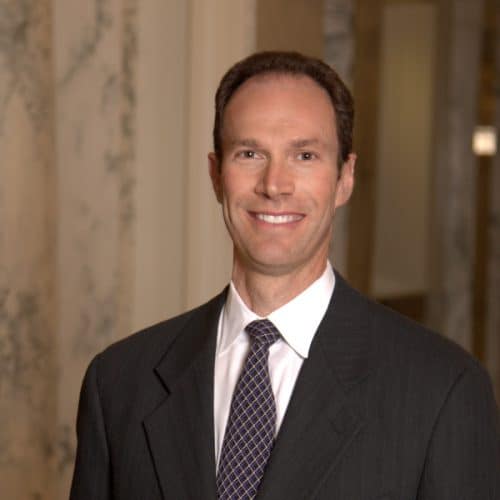


The case for expanding Medicaid is often expressed in terms of the people who will benefit. We are told anecdotal stories about individuals with major medical conditions who don’t have insurance. But, is it appropriate to take these stories and generalize about the 78,000 people in the “gap,” people who are not eligible for other insurance subsidies?
No, it’s not.
We should understand and have a discussion about those who make up the gap population before we expand a costly, ongoing program like Medicaid. To begin, in Idaho, 54 percent of the expanded-gap population range in age from 18 to 34 and are not disabled.* Should we provide an entitlement to able-bodied, working-age young people?
According to data supplied by Idaho’s Department of Health and Welfare and the federal government, children 6 and under are covered by Medicaid if they come from a family of four that earns up to 142 percent of the Federal Poverty Limit (FPL), or about $34,400 annually.*,** Likewise, children in the 6 to 18 age bracket are covered if they come from a family of four that earns up to 133 percent of FPL, about $32,250 annually; the same is true for pregnant women.
Medicaid offers a Children’s Health Insurance Program (CHIP) for those not covered under regular Medicaid. CHIP eligibility limits are higher, up to 185 percent of FPL, or about $44,860 in annual income, for a family of four in Idaho.
Medicaid is also available for the aged, blind, and disabled.
The largest demographic group in the gap population, those who earn up to 100% of FPL, are non-parent single adults who earn up to $11,770 per year. Those adults who are not caregivers, e.g. who don’t have children and are eligible for the expanded Medicaid coverage, comprise 69 percent of the total gap population of 78,581.*
When we look at the expanded gap population, which includes those earning up to 138 percent of FPL, or $16,242, the total population is 117,644 and this expanded population includes 61 percent who are child-less adults.* People in the 101 to 138 FPL percent range were eligible for subsidized managed care under Idaho Senate Bill 1205 (which failed to pass in 2016).
As stated earlier, some 54 percent of the expanded gap population are in the age range of 18 to 34 and are not disabled. They are young, generally healthy, and capable of working.
It is important to understand, if Medicaid is expanded to cover this demographic, a perverse incentive is created. If a young person has a full-time minimum-wage job she would not be eligible for the proposed expanded Medicaid program, but she would be eligible if she chose to work part time.
Thus, to expand Medicaid would actually encourage people without dependents to work part-time. Likewise, expansion would encourage a child-less member of a household to work part time if other members of the household worked full-time.
To ask the question again: Does it make sense to create a costly, ongoing entitlement program for able-bodied young people?
---------------------------
Footnotes:
* 2015 Impact of the Medicaid expansion on the Idaho Medicaid budget including state and county cost offsets. Milliman Client Report, January 8, 2016. Page; 4, 7 and exhibit 3.
** 2016 Federal Poverty Level Chart, US Department of Health and Human Services.

